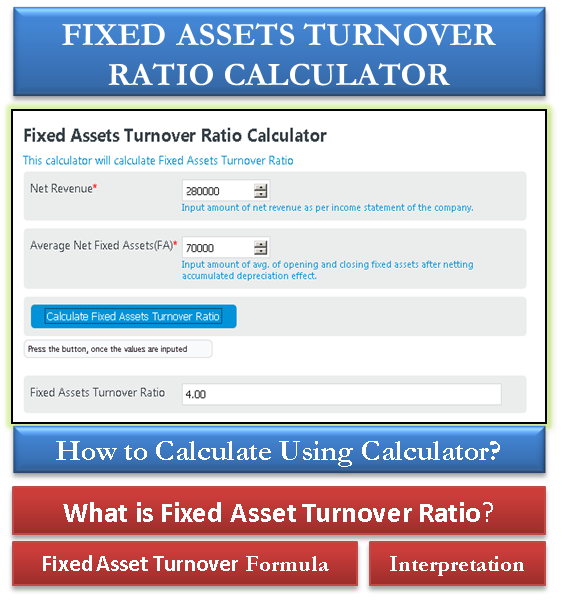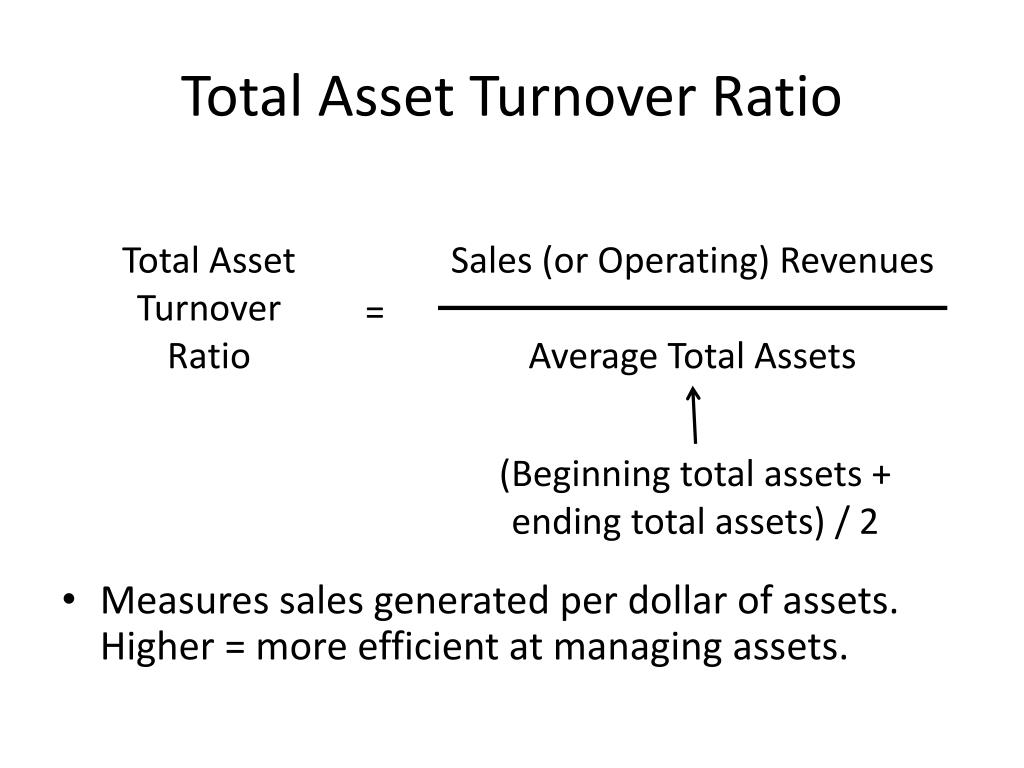
(Your net sales are your gross sales less any returns, discounts or allowances, while your total assets are equal to your equity minus any liabilities.)įor example, suppose your business made $750,000 in net sales last year and had total assets worth $1,500,000. Growth & Transition Capital financing solutions Kauffman Fellows Program Partial Scholarship Venture Capital Catalyst Initiative (VCCI) While a decrease in Asset Turnover Ratio may seem concerning at first, it is important to interpret the changes in the context of the new lease accounting rules and consider the potential benefits of increased transparency.Industrial, Clean and Energy Technology (ICE) Venture Fund It is important for companies to understand how the changes brought about by ASC 842 can impact their financial ratios. The adoption of ASC 842 has significant implications for lease accounting and financial reporting. Those debt obligations can potentially be viewed as potential debt covenants issues in the eyes of your lenders or bank. Should your company’s debt covenants be based on the Asset Turnover, it’s advisable to have discussions with your debt counterparty sooner rather than later. Additionally, the increased transparency in lease accounting brought about by ASC 842 can provide investors with a clearer picture of the company’s financial health. Rather, it could reflect a more accurate representation of the company’s assets and liabilities.
#TOTAL ASSET TURNOVER RATIO FORMULA CALCULATOR HOW TO#
How to interpret changes in Asset Turnover Ratio due to ASC 842?Ī decrease in Asset Turnover Ratio due to the ASC 842 implementation may not necessarily mean that the company is less efficient in generating revenue from its assets. This type of financial metric can have an impact on the company’s value. This could potentially signal lower efficiency in generating revenue from the company’s assets. As a result, the Asset Turnover Ratio may decrease for companies that have a significant amount of leased assets. Under ASC 842, companies will now have to include the leased assets as part of their total assets, which will increase the denominator of the Asset Turnover Ratio calculation. This new treatment has a direct impact on the calculation of the Asset Turnover Ratio.

Under the old standard, ASC 840, only capital leases were required to be on the balance sheet. How does ASC 842 impact the Asset Turnover Ratio?ĪSC 842 brings changes to the accounting treatment of leases, requiring lessees to recognize most leases as assets and liabilities on their balance sheet in the form of a right of use asset and lease liability. The formula for calculating the Asset Turnover Ratio is: Asset Turnover Ratio = Net Sales / Average Total Net Fixed AssetsĬash flow estimates can be created based on the asset turnover, ultimately giving financial analysts a clear view of a company’s financial performance - by taking the lease assets and subtracting the lease liabilities. It shows how much revenue a company generates for every dollar of assets it owns. The Asset Turnover Ratio is a financial ratio used to measure a company’s efficiency in using its assets to generate revenue. Since the new lease accounting standard, FASB Accounting Standards Codification (ASC) 842, has a balance sheet impact, this standard influences the calculation of the asset turnover ratio for both public and private companies.


The asset turnover ratio is a key financial ratio that measures a company’s efficiency in using its assets to generate revenue.


 0 kommentar(er)
0 kommentar(er)
